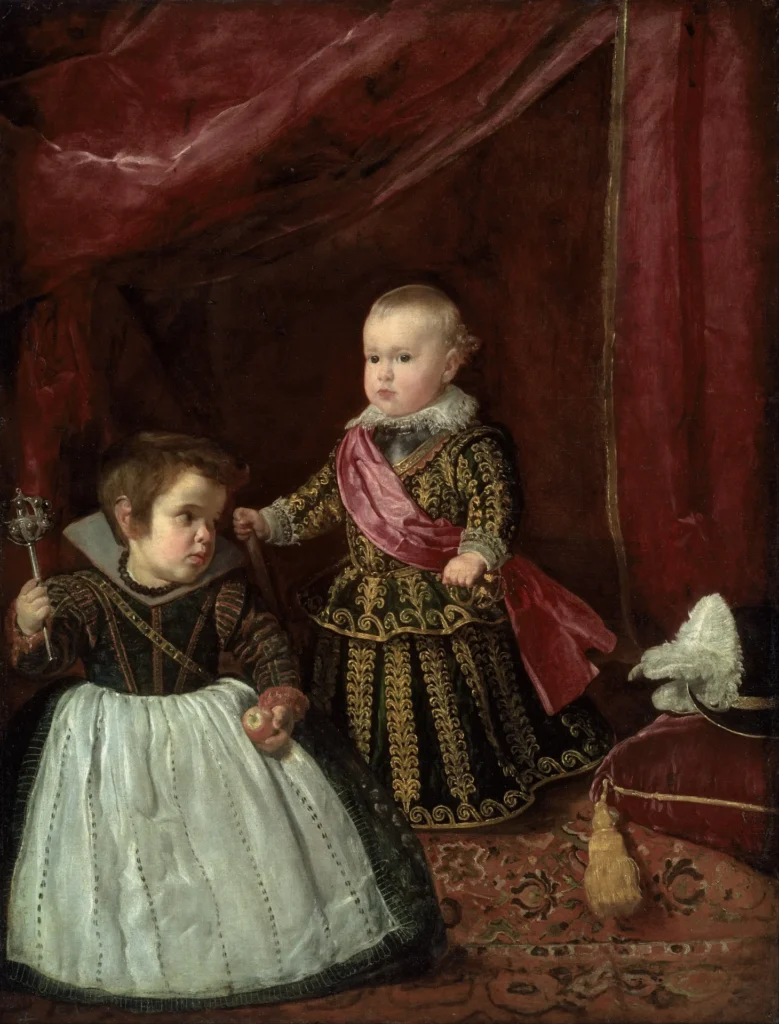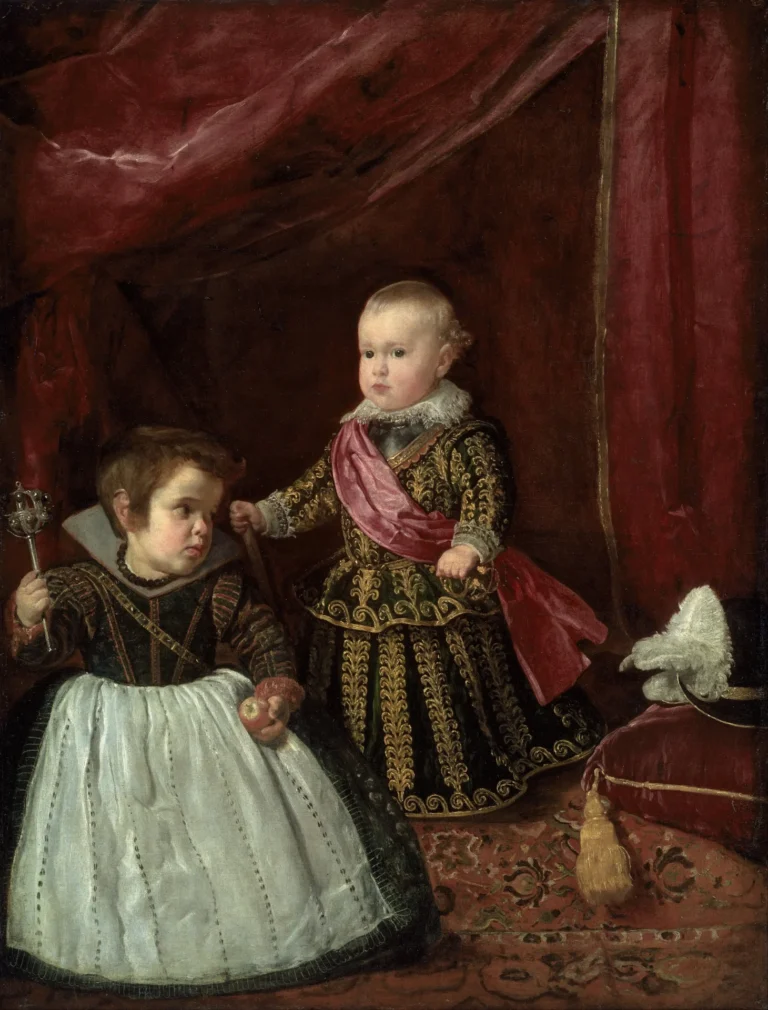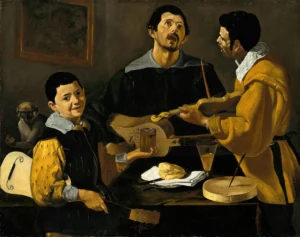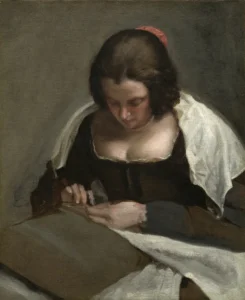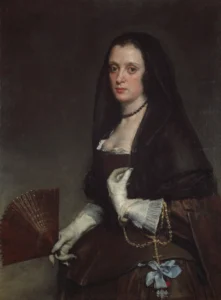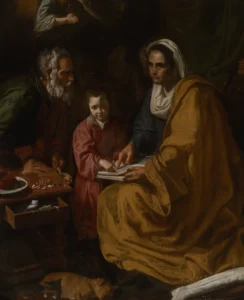Don Baltasar Carlos with a Dwarf (1632)
In Don Baltasar Carlos with a Dwarf. painted in 1632, Velázquez captures the young prince alongside a dwarf, symbolizing the transition from innocence to royal duty. The courtly scene illustrates the life of the Spanish nobility, showcasing the painter's mastery of contrasting brushwork and deep symbolism. It highlights Velázquez's innovative portrayal of court dwarfs, humanizing them and exploring themes of power and responsibility in a child's world.
Year 1632
About the Artwork
The painting, completed during Velázquez’s role as court painter to King Philip IV of Spain, reflects the unique cultural practices of 17th-century Spain, where royal portraits often included dwarfs as significant figures, rather than mere caricatures. This work encapsulates the dynamics of the Spanish court, with a two-year-old Prince Baltasar Carlos elegantly clad in a miniature military uniform, symbolizing his destined role in leadership. The dwarf's presence brings a layer of complexity, juxtaposing the prince's future responsibilities with the innocence of childhood. Velázquez's skillful rendering enhances this narrative, making it a standout piece within his oeuvre and a focal point for discussions on royal representation and the complexities of human traits.
Did You Know
Prince Baltasar Carlos was only two years old at the time of this portrait, highlighting the early age at which he was already being groomed for future leadership in the Spanish monarchy.
During the 17th century, court dwarfs held fascinating roles within royal households, often seen as entertainers and companions, yet they also symbolized the complexities of royal life, much like seen in this painting.
This work is among the early examples of Velázquez’s progressive portrayal of dwarfs, stepping away from conventional depictions to provide a more nuanced representation of their humanity and role in the royal court.




